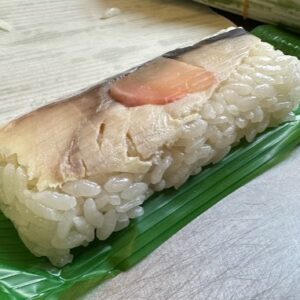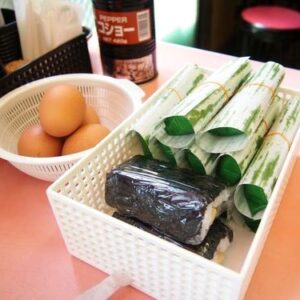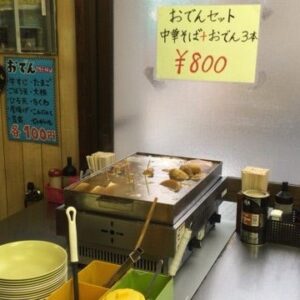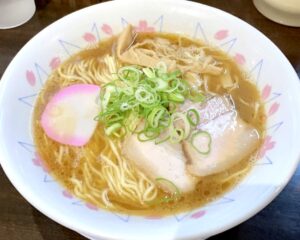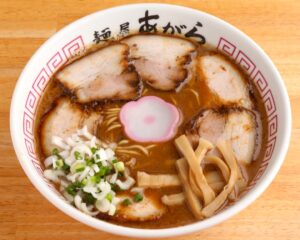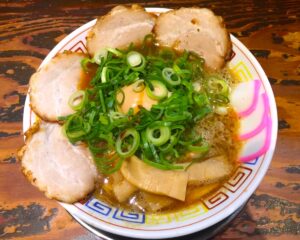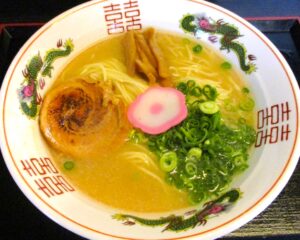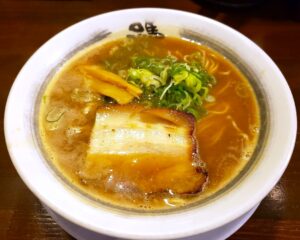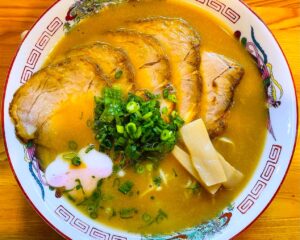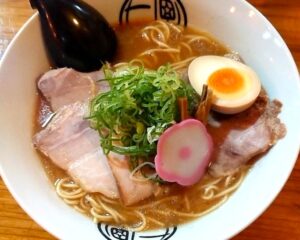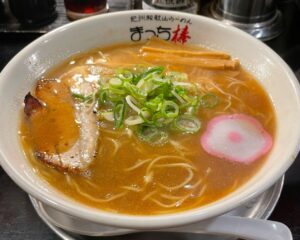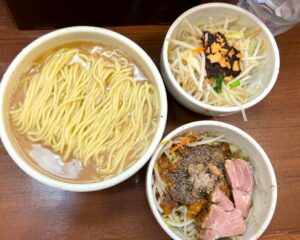Wakayama Ramem (Wakayama Pref.)
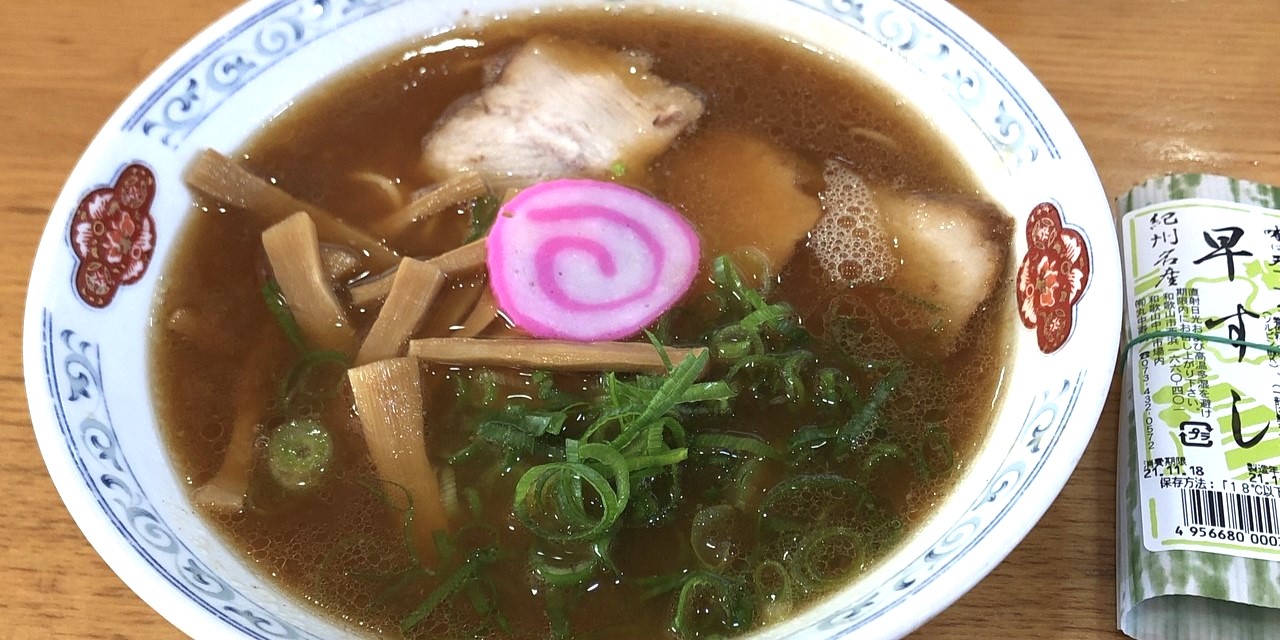
What is Wakayama Ramen(和歌山ラーメン)?
Wakayama Ramen is a general term for ramen served at specialty shops and popular shops mainly in northern Wakayama prefecture(和歌山県).
It originated in the 1930s as a food stall in the downtown area that ran from Wakayama Station to the prefectural office.
At ramen shops, it is commonly called “Chuka Soba(中華そば; Chinese Noodles)”, or “Chuka(中華; Chinese)” for short. The taste is generally perceived as “Wakayama ramen = cloudy pork bone soy sauce flavor” due to the influence of TV, but in Wakayama prefecture there is a perception that “Chuka soba = clear soy sauce flavor”.
Historically, the soy sauce type came first, and the cloudy tonkotsu soy sauce type that came later was featured on TV, so it is said that there are two main types.
There are also many other unique customs that are not found in other regions, such as the way of eating and customer service at stores, forming a regional culture. The features are listed below in the main text.
Shakomae-kei(車庫前系;Garage front lineage or type) and Ide-kei(井出系;Ide lineage or type)
The word “boom” means something that becomes popular explosively or suddenly becomes popular. “Wakayama Ramen” was such a hot topic that it was definitely a boom. It all started when Ide Shoten(井出商店) was rated as “Japan’s best ramen shop” on a TV program. With perfect timing, it was decided to open a store at the Shin-Yokohama Ramen Museum, and exposure to the media rapidly increased. I even heard a ridiculous rumor that more than half of the calls to a publisher that publishes Wakayama town information magazines were inquiries about Wakayama ramen. The magnitude of the boom can be seen in the fact that Wakayama Prefecture issued a letter of appreciation to Ide Shoten in March 1999.
What I would like to point out is that the “best in Japan” local ramen was not created overnight, but had a history of over 60 years before it was introduced on TV. It dates back to around the same time as Shinpuku Saikan (新福菜館; founded in 1938), which is said to be the oldest in Kansai. In other words, it has existed quietly for 60 years. For the locals, it was just normal ramen.
Wakayama ramen has several interesting characteristics.
●It is called “Chuka Soba(中華そば; Chinese Noodles” or “Chuka(中華; Chinese)” instead of ramen.
●Characteristic side menu
●The shop has Haya-zushi(早寿司; early ripend sushi) and boiled eggs, and many people eat them together (Odenおでん and Doteyakiどて焼き are also common).
*Hayazushi is pressed sushi made with fish such as mackerel, and is placed on the table of a ramen shop along with a boiled egg. Customers eat these and wait for the ramen to come out.
*Doteyaki is grilled beef innard with miso sauce. There is a culture of enjoying ramen after drinking alcohol, so it is served as a side menu.
●In many cases, Wakayama ramen shops do not have the items such as “white rice / fried rice” and “deep-fried chicken / gyoza” in spite of in other regions shop do.
●Most people pay their bills by self-reporting (telling what they ate and paying).
●Many shops have a circle(◯; maru) in their name.
“○三(maru san)”, “○イ(maru i)”, “○木(maru ki)”, “○高(maru taka)”, “○京(maru kyo)”, “○宮(maru miya)”, etc.
●Many shops sprinkle pepper on their food from the beginning. There are only a few types of condiments, and in many cases there is no such thing as garlic.
●The noodles are thin and straight, and the way they boil them is soft.
●Ingredients include green onions, menma, chashu (thigh meat), and “kamaboko” (“Chiyomaki” fish paste cake with a Naruto pattern). This name comes from the advertising activities of a local kamaboko shop.
●There are two main types of soup. Shakomae type (車庫前系, clear pork bone soy sauce flavor) and Ide type (井出系, cloudy pork bone soy sauce flavor)
As the name suggests, the name “Shakomae(車庫前)” originates from the food stalls that were located in front of streetcar (tramway) depots. The originator of this is “○高(maru taka)”.
The method of making dashi broth for “○高(maru taka)” has its own characteristics.
First, boil the pork bones in soy sauce and leave them overnight.
The next day, the pork bones soaked in soy sauce are boiled again to make the soup. This is a method unique to the birthplace of soy sauce. Other “Shakomae type” shops include “○宮(maru miya)”, “○木(maru ki)”, “○竹(maru take)”, “○京(maru kyo)”, and “Daifukuken(大福軒)”.
On the other hand, Ide(井出)’s cloudy soup is completely a product of chance. Just like Sankyu(三九), the originator of cloudy soup in Kurume(久留米; in Kyusyu), Ide Shoten used soup that had been cooked over high heat and turned cloudy, but turned out to be surprisingly delicious. Ide-type shops include “Ide Shoten(井出商店)”, “Maru San(○三)”, and “Masayoshi(正善)”.
However, it is not limited to just these two types of ramen; there are many other delicious types of ramen. “Yamatame Shokudo(山為食堂)”, which has a surprisingly rich pork bone taste similar to the Ide type, “Yonakiya(よなきや)”, which is also popular for hot noodles, “Marushike(○繁)”, which has a mellow soup (apparently they don’t use pork bones), and the regular one. “Marui(○イ)”, where you can’t even see the soup because of the green onions when you order ramen; “Marutoyo(○豊)” (closed), which is often introduced in the media because of its wooden shopfront that leans heavily.
And I would also like to mention “Martaka(マルタカ)” (same name as Shakomae type/closed), where you will be surprised by the sweetness of the soup and the size of the tender chashu.
In recent years, ramen with a distinctive Wakayama flavor has appeared, such as ramen using plums, a local specialty, and ramen infused with Kishu Binchotan charcoal.
Ramen-Japan / Examples of Ramen Shops
Examples of Shakomae type(車庫前系) ramen shops
-
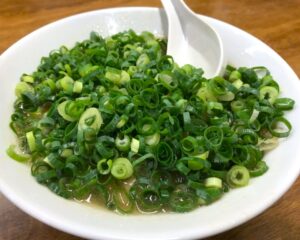
-
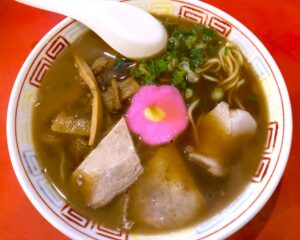
-
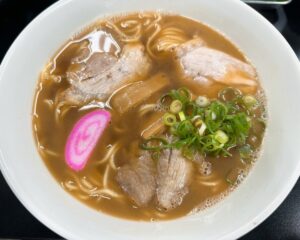
Marukyo (まる京(○京)) ※A slightly light pork bone soy sauce flavored ramen.
-
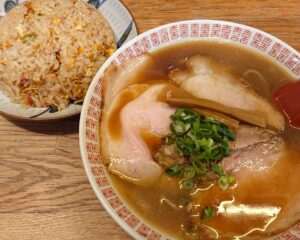
-
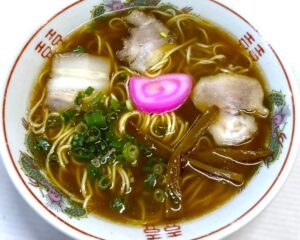
-

-
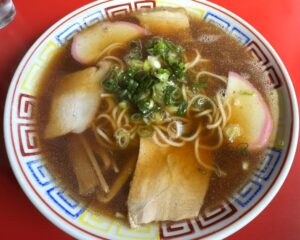
-
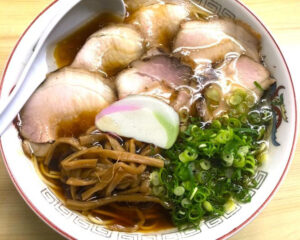
Maruhira Chuka Soba Shop(○平 中華そば店) *Shakomae-style ramen with dark soy sauce.
-
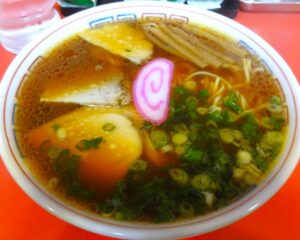
Maruki Chuka Soba Shop (○木中華そば店) *Chashu noodles are available on the secret menu.
Examples of Ide type(井出系) ramen shops
-
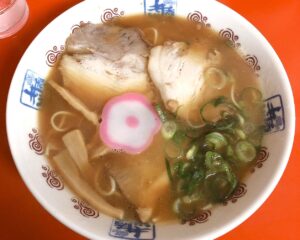
Ide Shoten(井出商店) ※*The originator of Ide-style(type) ramen. It is also made into cup noodles.
-
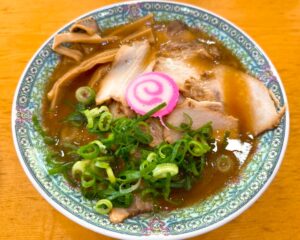
-
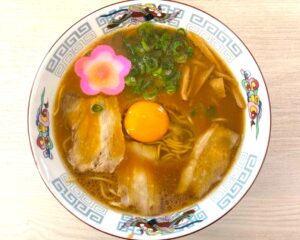
-
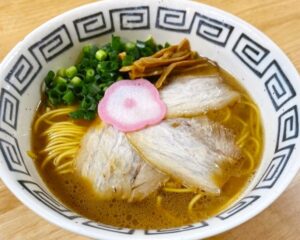
-
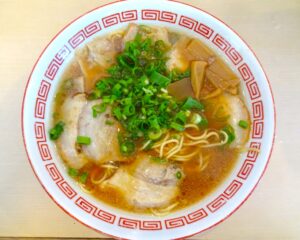
Chuka Soba Hayami(中華そば 速水) *Comes with chashu made using Ide Shoten’s unique method.
-
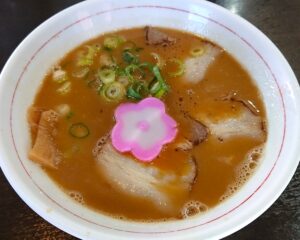
Chuka Soba Kusumotoya(中華そば 楠本屋) *Balanced pork bone soy sauce flavored ramen.
Other examples of popular ramen shops in Wakayama
-
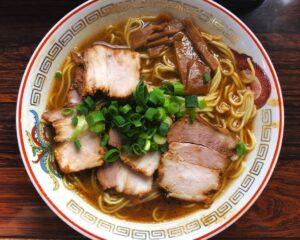
Chuka Soba Urashima(中華そば うらしま)*A shop that serves super rich Wakayama ramen with a bone meal taste.
-
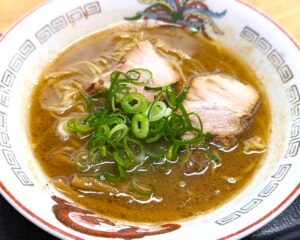
Chuka Soba Shimashou(中華そば しま彰) *The owner is from Chuka Soba Urashima
-
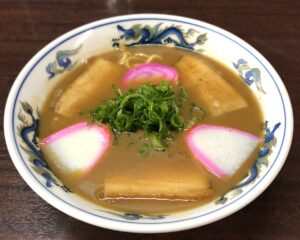
-
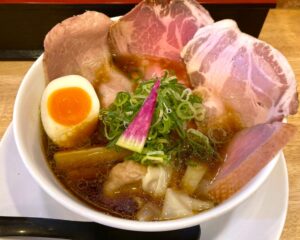
-
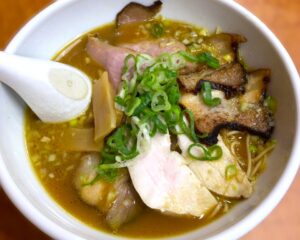
-
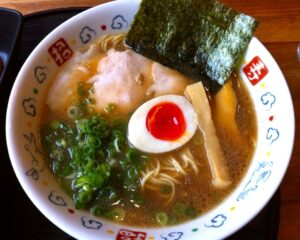
-
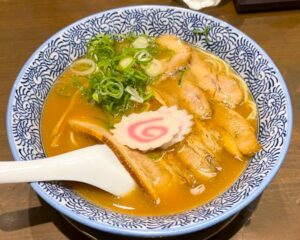
Marumi Shoten(丸美商店) *Wakayama ramen with mild pork bone soy sauce.
-

Pork Bone Chuka Soba Gantare (豚骨中華そば がんたれ)*Osaka Muteppou lineage. Thick chashu, thick noodles.)
-
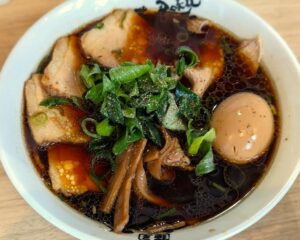
-
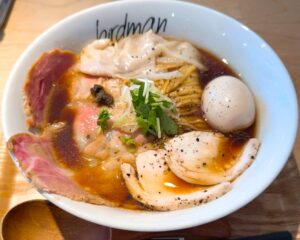
-
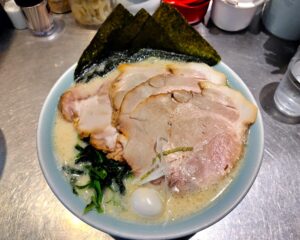
maru Hana (◯花(丸花)/家系ラーメン Yokohama Iekei style Ramen from Wakayama Ramen)
-

-
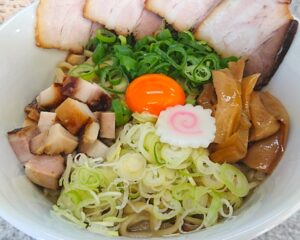
Chuka Soba Tsuchiya Shoten (中華そば土屋商店) *Offering Takaida style ramen called Wakayama Black.
-
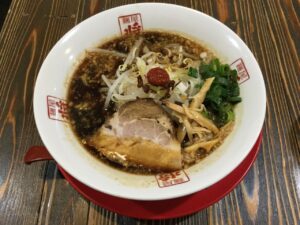
Menya Hisio Main Shop(麺屋 ひしお 本店) *Near Wakayama Castle, ramen with black Yuasa soy sauce.
-
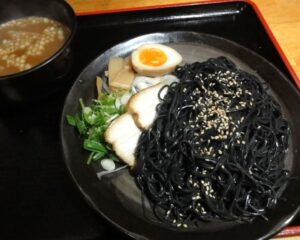
Kyobashi Koutaro (京橋 幸太郎) *Ramen and Japanese cuisine. There is ramen using binchotan charcoal.
Examples of Wakayama ramen shops that can be available in other areas
Perhaps because of its brand value, Wakayama ramen has a relatively wide distribution, not just in Tokyo. This may be because, like the Yokohama Iekei style, the taste of “tonkotsu soy sauce(豚骨醤油 Tonkotsu shouyu)” is well-received by Japanese people.

